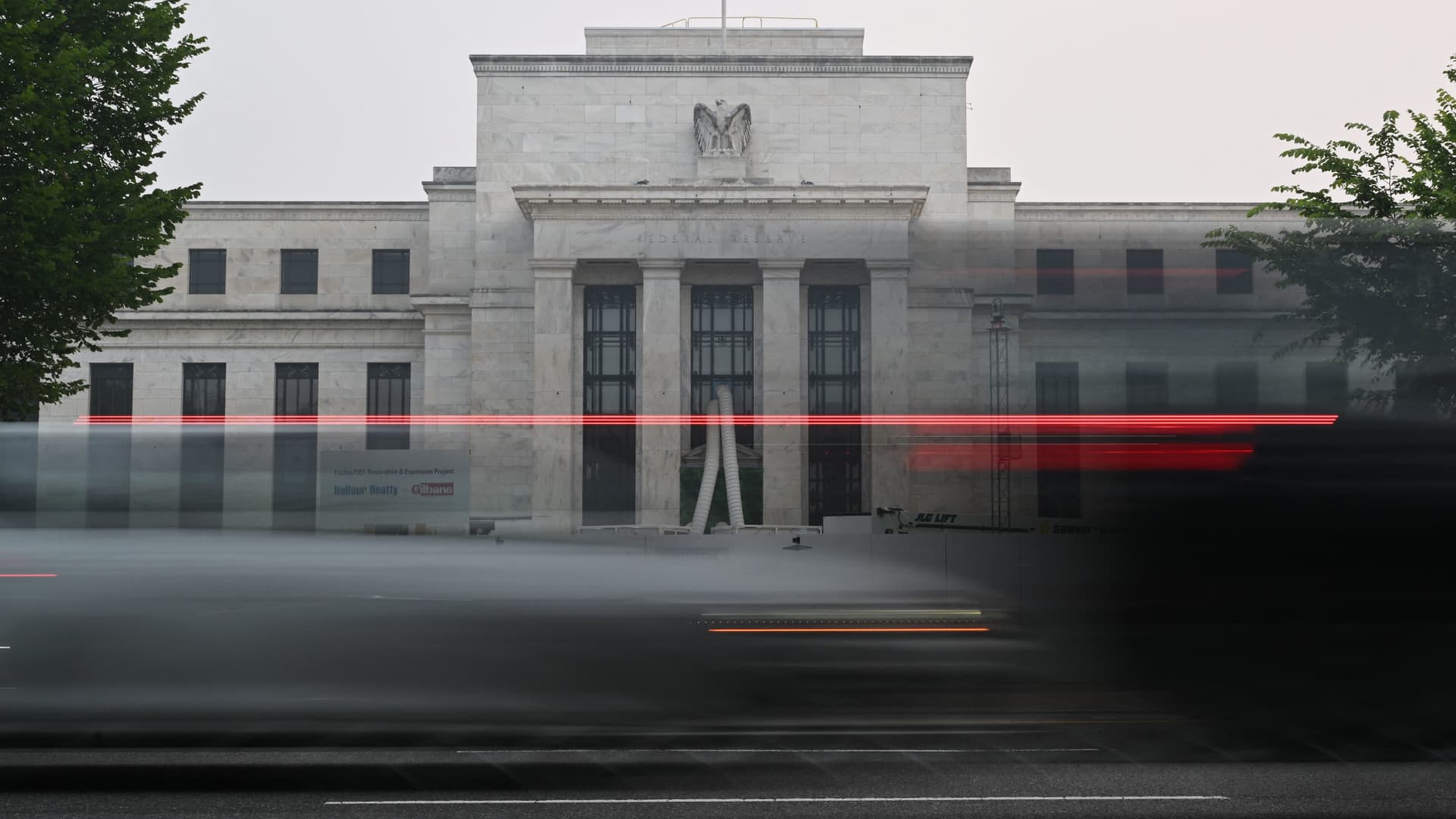The Federal Reserve is changing the way it looks at “financial conditions,” a move that could have important ramifications for policy ahead. According to the new model, unveiled in a paper released June 30 , current conditions are near the tightest they’ve been since the financial crisis of 2008. In practical terms, that could mean the Fed has less work to do controlling inflation than has been implied from public statements that policymakers have been issuing. In investing terms, there also are potentially game-changing implications in that the Fed is relying less on stock market signals and more on a range of other indicators, meaning that rallies on Wall Street aren’t counter to central bank policy in times like these. “The Fed released what is likely to prove one of the most market-relevant staff papers in a long time,” Krishna Guha, head of global policy and central bank strategy at Evercore ISI, said in a client note. The Fed has been using a series of interest rate increases to tighten financial conditions and, ultimately, to bring down inflation. The paper “was essential – frankly long overdue – to clear up the disconnect between what [Chairman Jerome] Powell and Co mean when they talk about financial conditions … and what most market participants to date think they mean,” Guha added. Essentially, the move allows the Fed to distance itself from other financial conditions models, such as those formulated by Goldman Sachs and the Chicago Fed . It will be called the Financial Conditions Impulse on Growth, or FCI-G, and be used to approximate the impact that moves in various factors have not only on current conditions but also a year into the future. Those metrics are the federal funds rate , the 10-year Treasury yield , the 30-year mortgage rate, the BBB corporate bond yield, the Dow Jones Industrial Average , Zillow home prices and the U.S. dollar index . They will be weighted according to various models the Fed uses to assess conditions. “While existing FCIs typically measure whether financial conditions are tight or loose relative to their historical distributions, the new index assesses the extent to which financial conditions pose headwinds or tailwinds to economic activity,” states the paper, which was authored by six economists. Those weightings will provide less credence to things like stock prices, which tend to “have a relatively modest impact on the FCI-G index and the outlook for activity,” Guha said. “In other words, the Fed is less likely to oppose the stock market rally – unless it gets completely out of hand – than widely feared,” he wrote. Along with the release, the Fed released values for the index going back to January 1979. The current reading is around 0.60269. Any reading above zero implies tight financial conditions, and the value implies the potential headwind in percentage points on GDP growth against trend. The most recent peak was in December 2022, when it nudged above 0.95, while it dipped to as low as -1.77607 in July 2021 when conditions were extremely loose. Stated another way, the current reading suggest that conditions are tight, especially compared to the times around extremely easy monetary policy in the months following the Covid pandemic. By contrast, the Chicago Fed index’s current reading is -0.28, implying relatively loose conditions. Wall Street reaction to the new Fed model was mostly positive. Goldman Sachs, whose index is often cited by policymakers, insisted that the two indicators “show broadly similar growth effects from financial conditions over time.” The firm pointed out some differences, such as the Fed’s reliance on volatile and frequently revised Zillow home price measures, and Goldman’s “approach [that] allows changes in market prices to affect growth and vice-versa.” Capital Economics noted that the FCI-G “does a better job of illustrating the tightness of US financial conditions than various other measures.” However, the forecasting firm advised its clients to stick with Capital’s own proprietary financial conditions index as it “has had a better record at capturing turning points in real activity in recent decades, is timelier, [and] more versatile.”
This story originally appeared on CNBC

